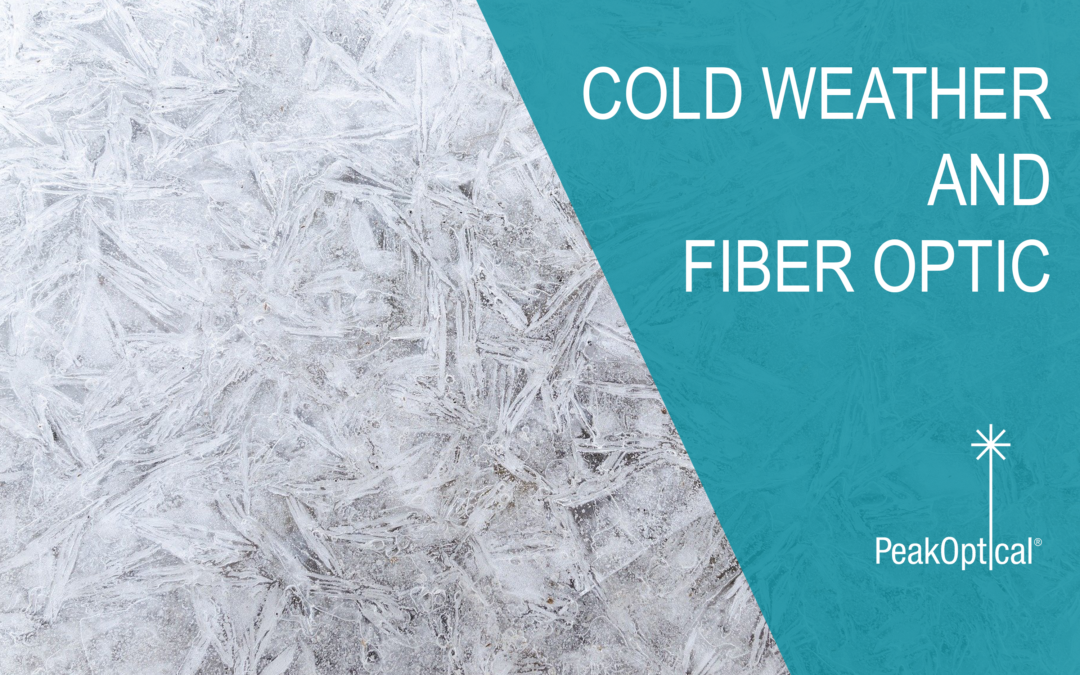The cold weather season is here so let’s discuss how fiber optic can be affected by the temperature change.
There is no doubt that fiber optic comes with plenty of advantages over copper. Fiber optic can transmit huge amounts of data at the speed of light. It is flexible and as thin as a human hair. Even so, over the years companies have found that freezing temperatures seem to take a toll on fiber cables.
Why does freezing, cold weather affect fiber optic more than copper?
Water makes its way into the ducts carrying the cables. At sub-zero temperatures, ice forms around the fiber, causing it to bend and deform. This interferes with the way the signal travels, reducing the bandwidth or worse, stopping the data transmission altogether.
How cand we prevent this?
One solution could be to install the fiber optic bellow the frost line. Unfortunately, this solution can be quite expensive. It poses difficulties especially when it comes to following when cables need to be routed along bridges or other structures. Adding antifreeze to the fiber conduit works too, but it is not very budget-friendly either.
Connectors that are designed for harsh environments can help in sealing the fiber conduit. The most common types of fiber optic connectors are SC, ST, and LC. Because of its smaller size and its secure clip connection, LC is generally prefered.
The standard LC does not give the same protection as a rugged connector. While it is possible to customise an enclosure to protect the connector, it is not recommended. The connector will end up bulgy and pricy enough. It is best to opt for a rugged LC connector that is specifically designed to face cold weather.


